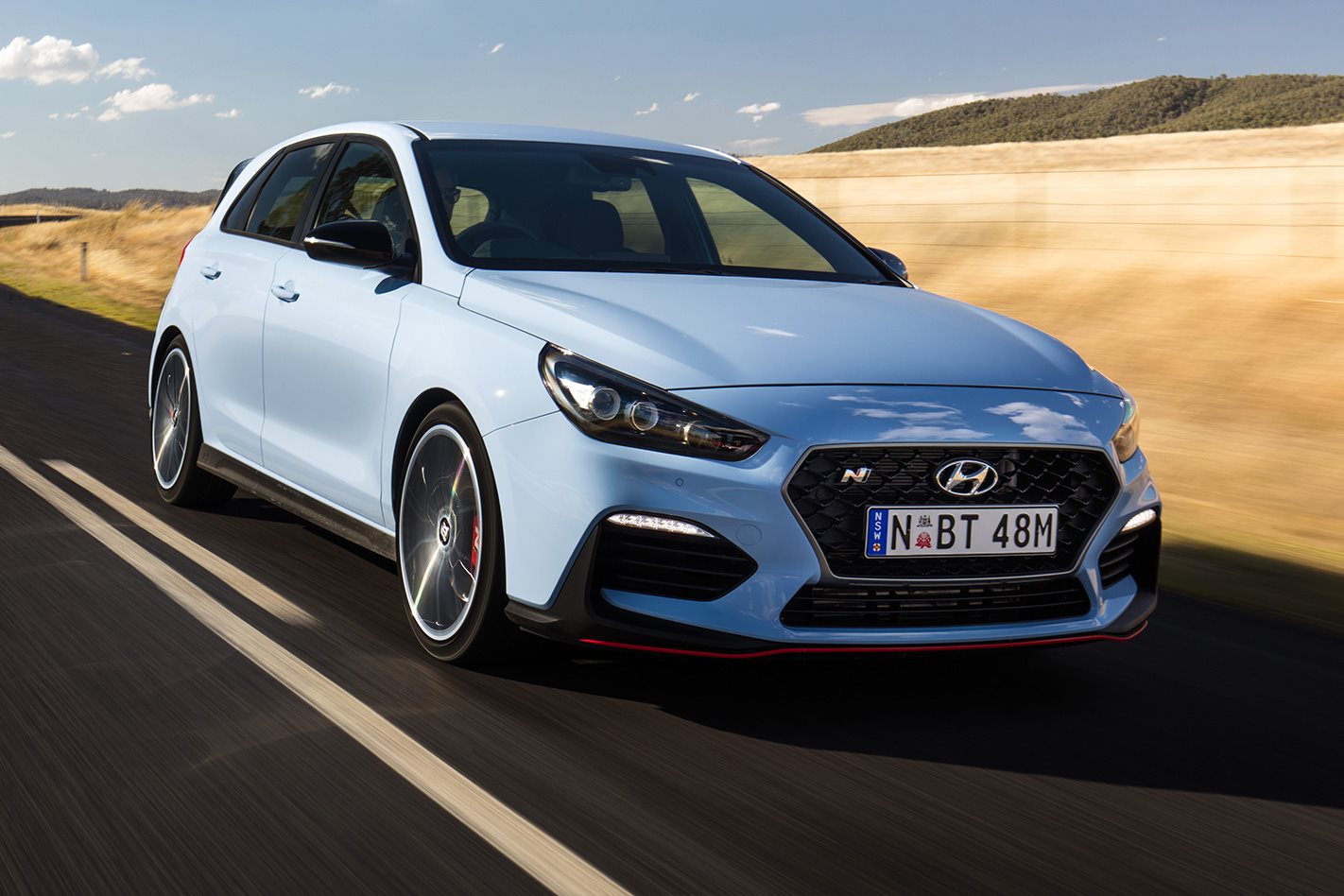KOREA’S automotive industry has come of age, and no other car illustrates this so poignantly as the properly world-class i30 N.
WHAT IS IT?
This is the first proper attempt by Hyundai at a bona-fide hot hatch, and the first model to go on sale wearing the brand’s newly-minted ‘N’ performance badge.
WHY ARE WE TESTING IT?
Hyundai claims the i30 N is the real deal – a hot hatch that doesn’t just keep up with the Joneses, but blasts ahead of them. We need to validate that, naturally. At $39,990, it’s also one of the most affordable hot hatches on the market, but its spec sheet is full of numbers that compete with cars that are priced 10 grand above. Is the i30 N really the performance bargain that it makes out to be?
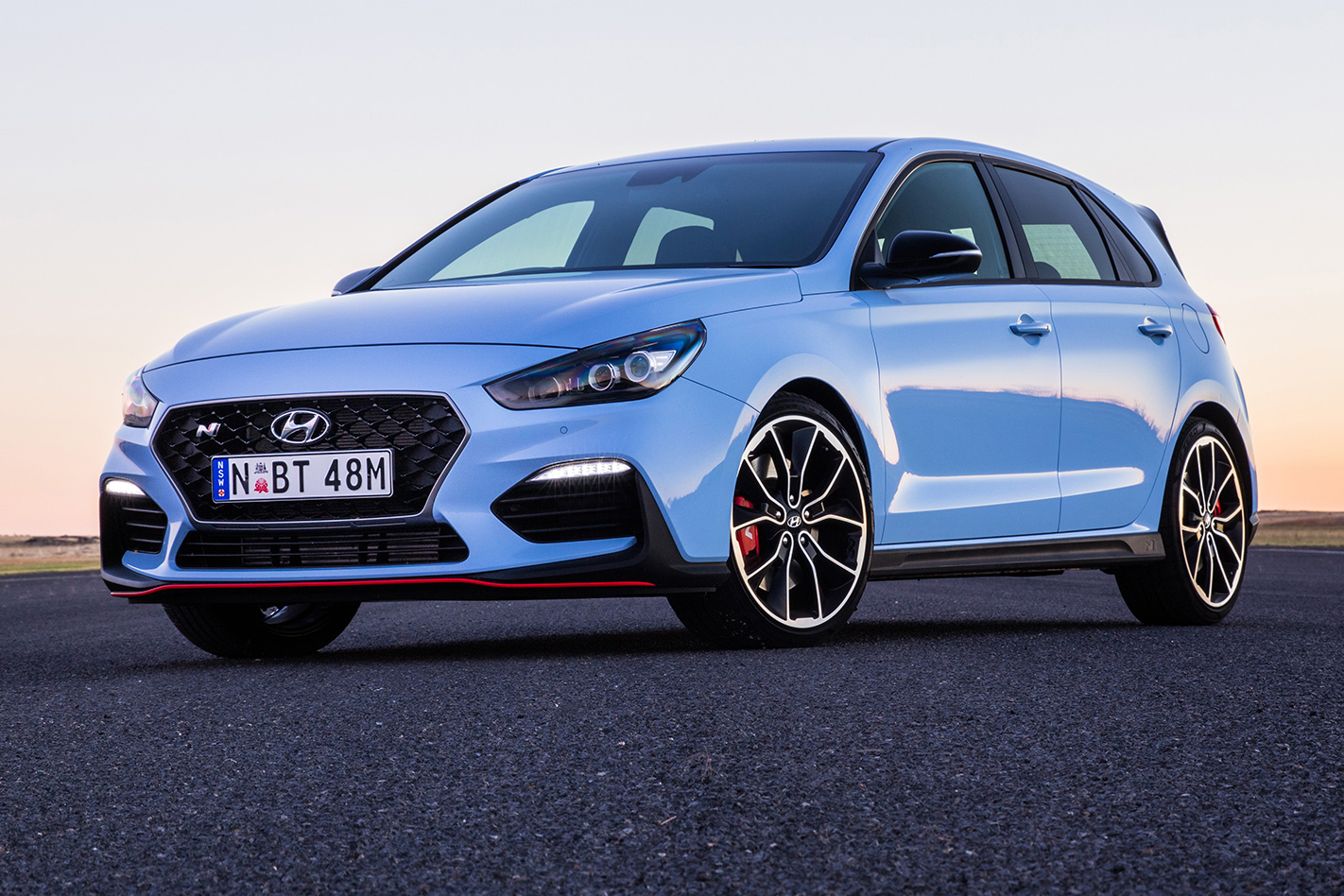
Volkswagen Golf GTI, Ford Focus ST, Subaru WRX, Peugeot 308 GTi, Honda Civic Type R
THE WHEELS VERDICT
PLUS: Superb traction for a front-driver; entertaining exhaust; adaptability; power and torque; sharp handling MINUS: Some torque steer remains; no automatic for now; sedate styling
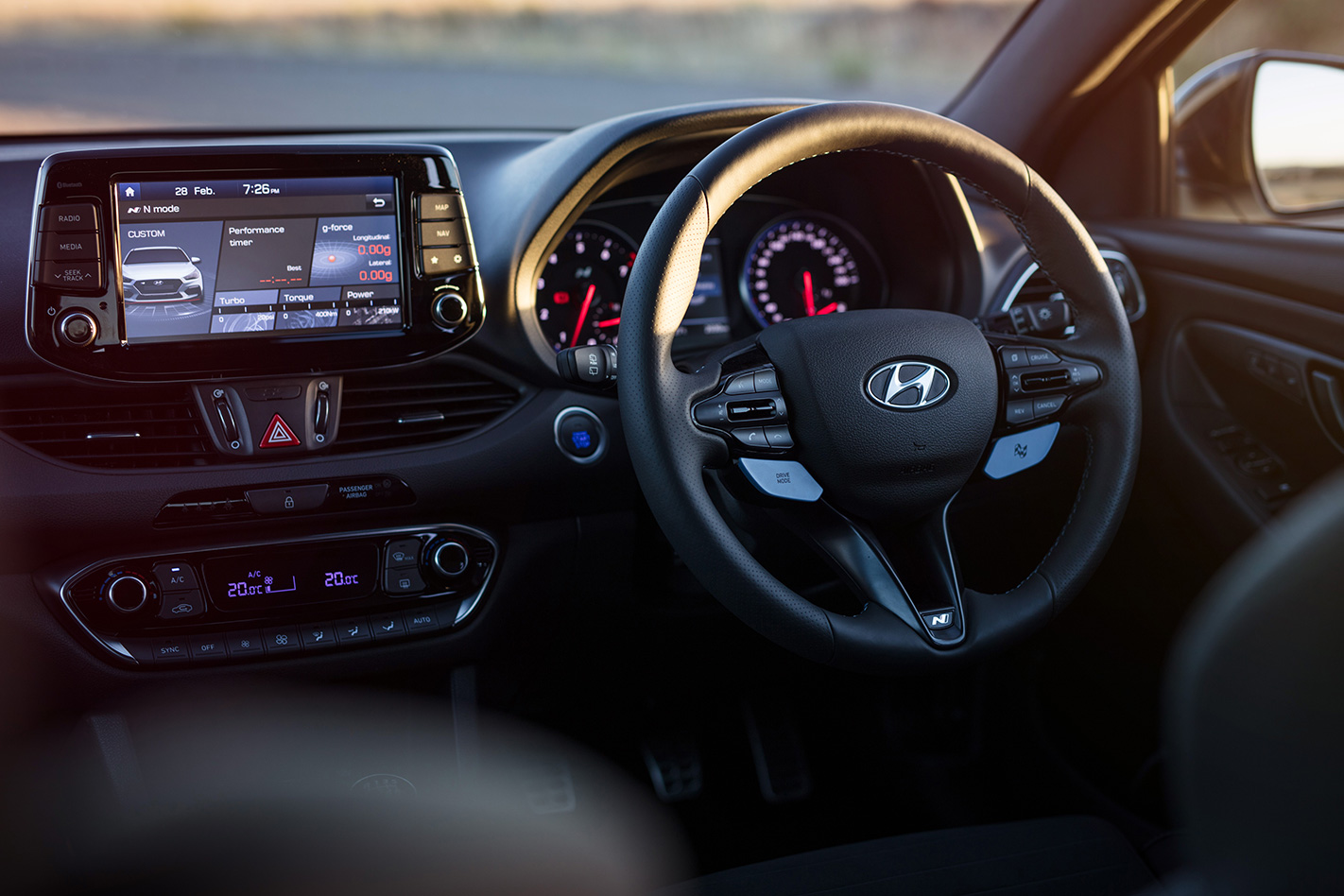
SPOILER alert: The i30 N is bloody good. Shockingly good, when you consider that this is Hyundai’s first proper tilt at making a bona-fide hot hatch.
Beginner’s luck? Hardly. More so, the i30 N is the result of a holistic approach to crafting a performance car, rather than just turning up the wick on an existing grocery-getter’s mechanicals. Sure, it’s i30 sheetmetal that you’re looking at, but there’s so much that’s been changed underneath the skin that the i30 N may as well belong to a different genus altogether.
How different is the N’s DNA from a garden-variety i30 SR? Let’s start with that engine. Displacing 2.0 litres, direct-injected and huffing boost from a twin-scroll turbocharger, the i30 N’s engine is the highest-output member of Hyundai’s venerable Theta family of inline-four engines.
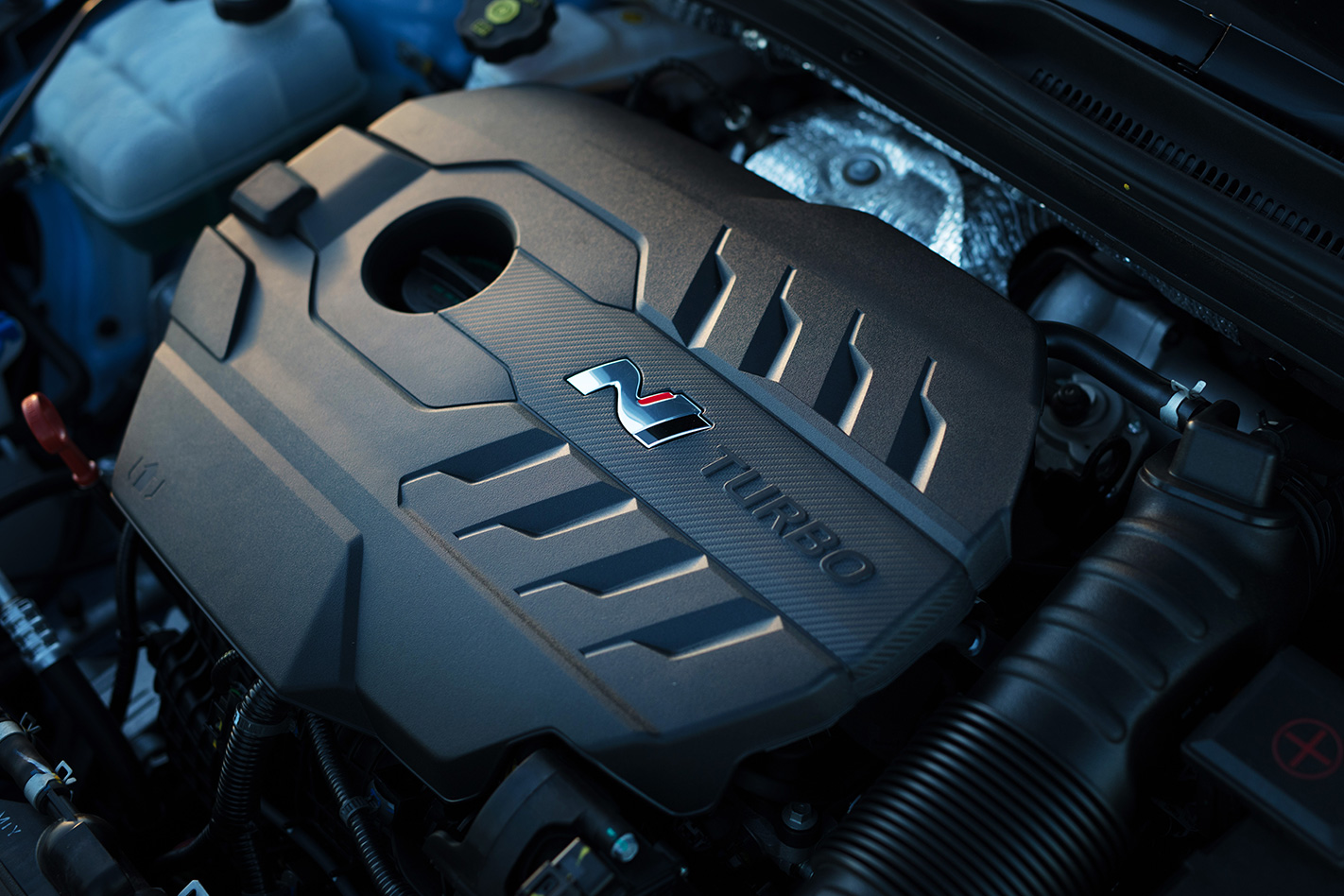
It’s matched with a proper mechanical limited-slip differential too, with its locking function electronically controlled. Vital when you’re channelling such hefty outputs to the front wheels exclusively, and infinitely preferable to brake-based ‘virtual LSD’ solutions used in rivals like the Golf GTI.
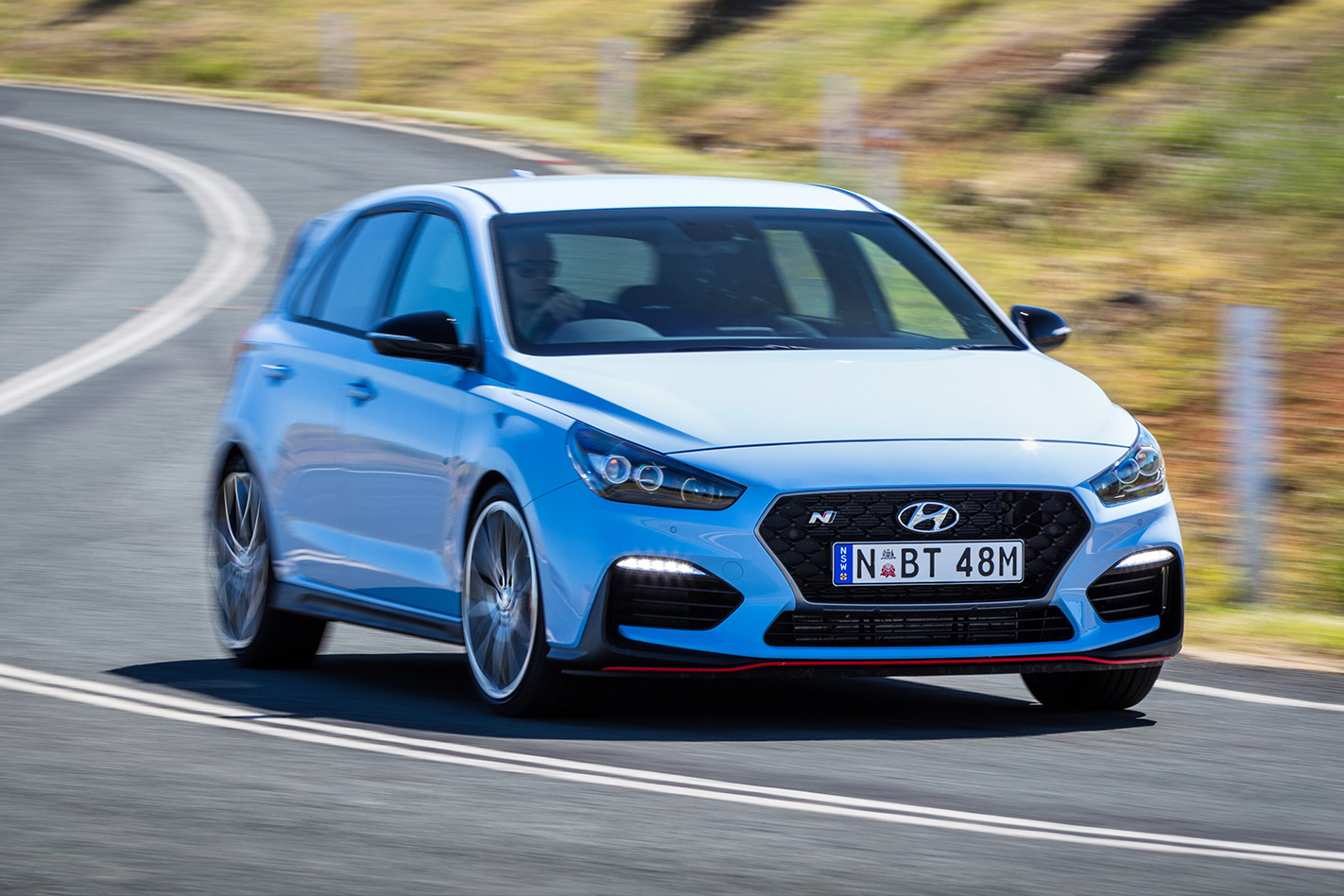
The points of difference continue, with extra structural reinforcements, rack-mounted electric power steering, bigger brake hardware and an ultra-tight gearshift gate, but here’s the net effect of all that – the i30 N isn’t just easy to drive fast, it’s a joy to do so.
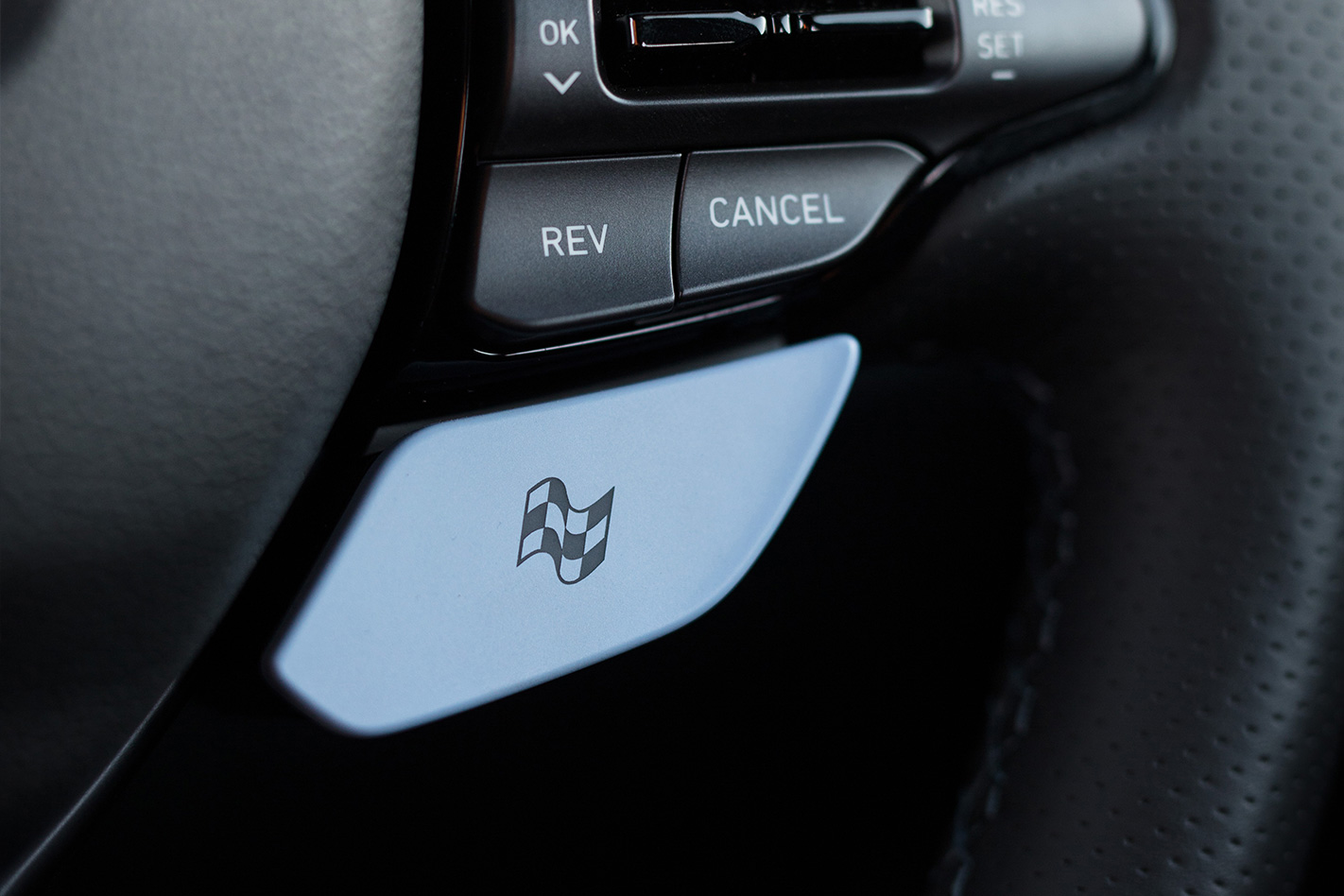
The gear shift action has slickness that’s second only to the Civic Type R, and is augmented by rev-matching tech that eliminates the need to heel-toe when braking hard. With the exhaust valves opened all the way the four-pot’s crackle-happy soundtrack offers up aural comparisons to Hyundai’s WRC cars too, thus cranking up the racecar vibes.
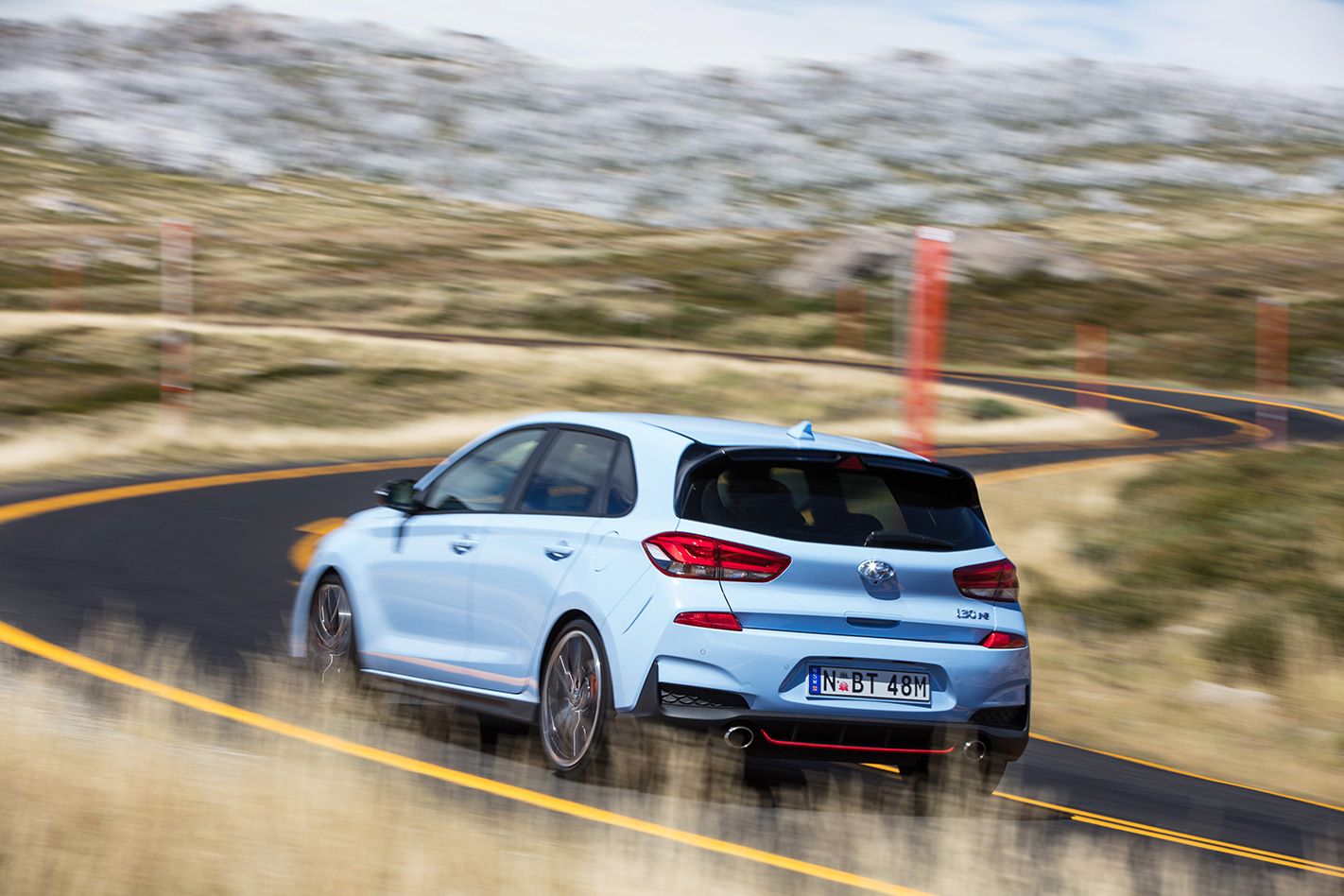
It’s a demon on mountain roads too. Grip is simply massive on the Hyundai-specific Pirelli P-Zero rubber, and the i30 N’s handling is tuned to deliver high-speed stability rather than lift-off oversteer antics. Given its ability to rapidly stack on speed, that’s a good thing.
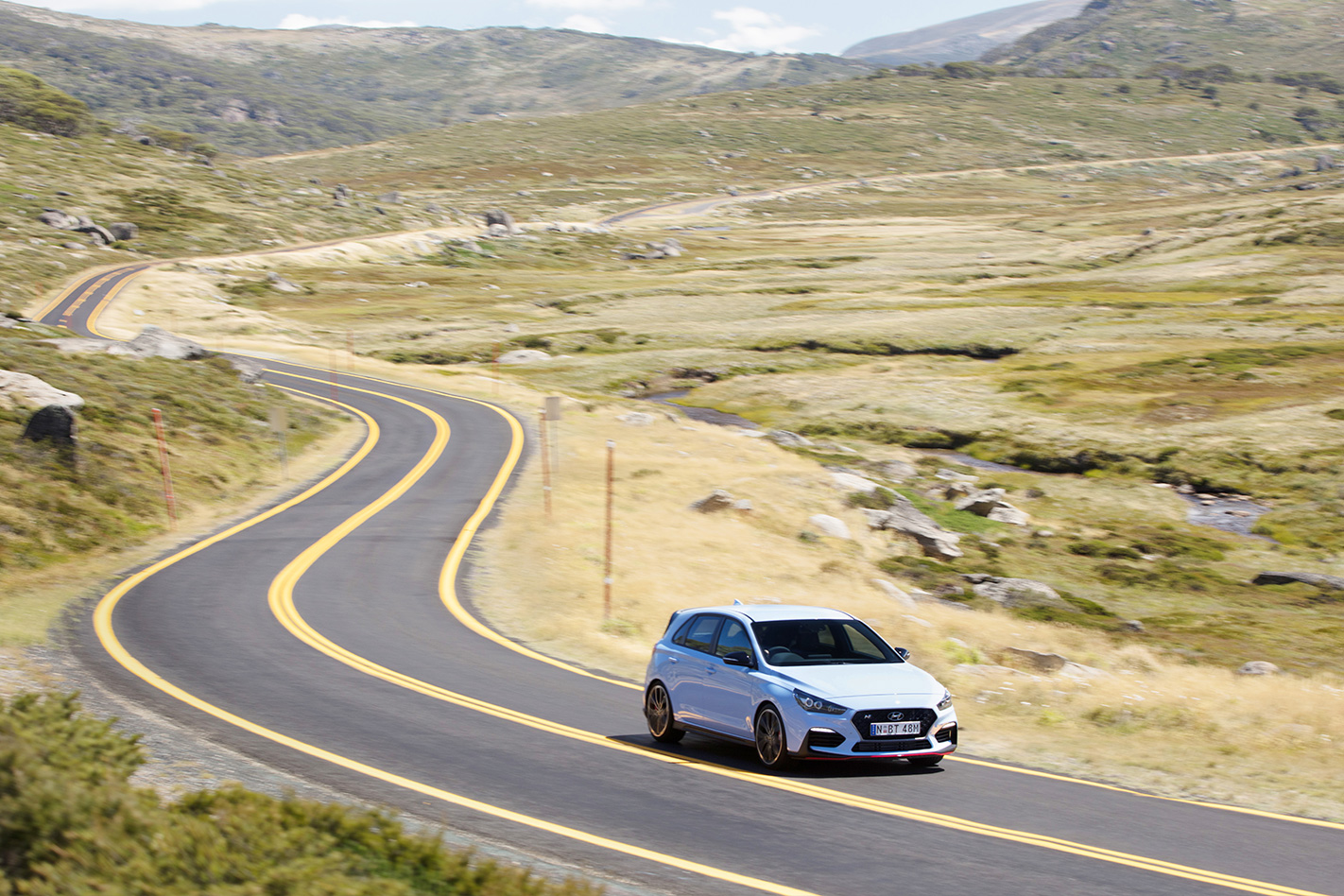
The real eye-widening stuff comes after you’ve turned in. That smart differential up front works wonders, allowing power-out techniques more akin to an AWD car than a front-driver. Get on the power earlier than you ordinarily would and let the differential sort out the traction – which it does so with admirably little fuss – and the i30 N slingshots itself out. Tight radiuses show up some torque steer, but it’s miniscule considering just how much twist is being sent to the street.
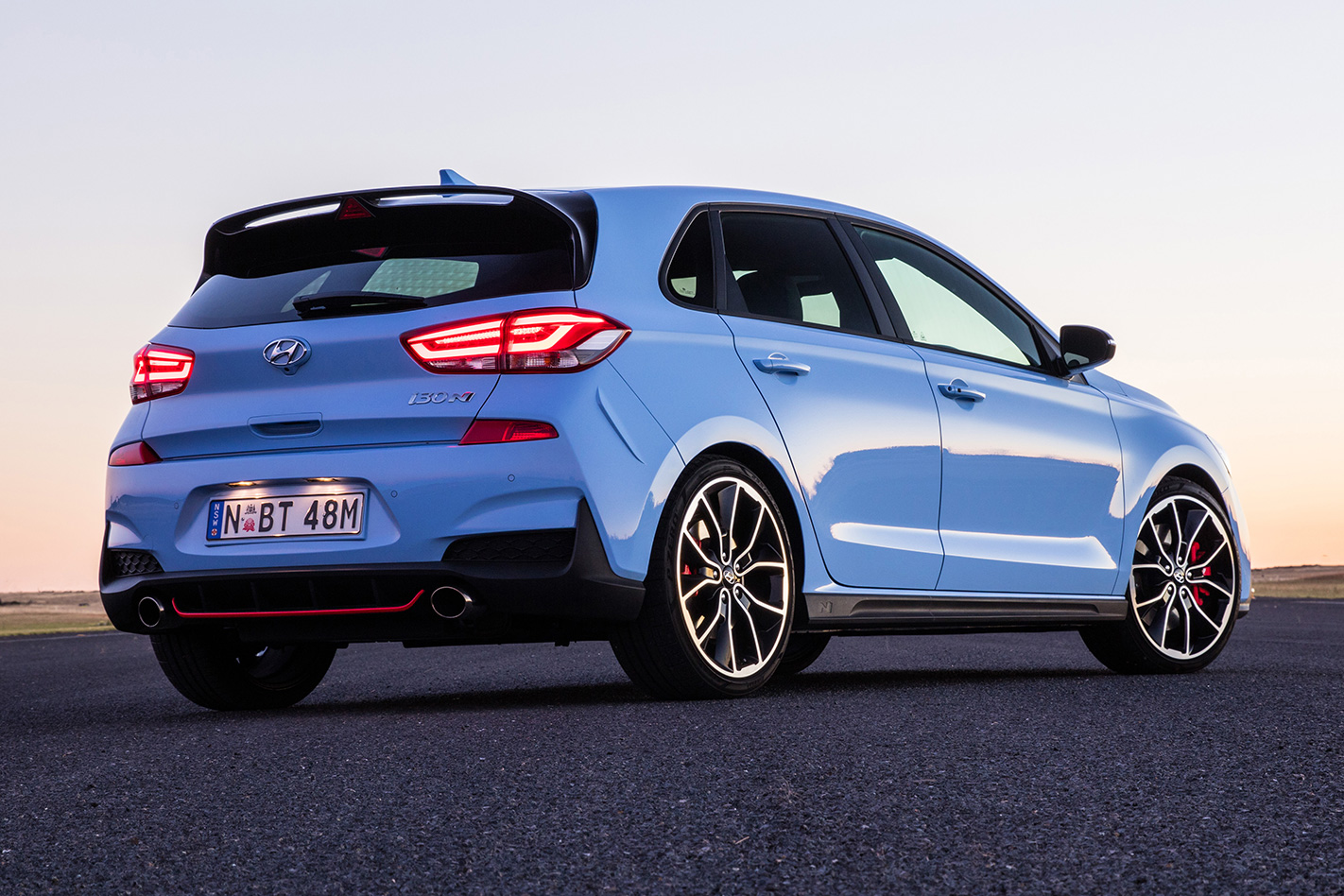
What’s more, compromises are hard to find. Hyundai Australia admits the local tune has slightly more body roll than the global tune, but it’s still barely perceptible behind the wheel. Meanwhile, body control remains excellent. The specialised bits Hyundai’s N division – overseen by former BMW M maestro Albert Biermann – has thrown at the i30 N are truly transformational.
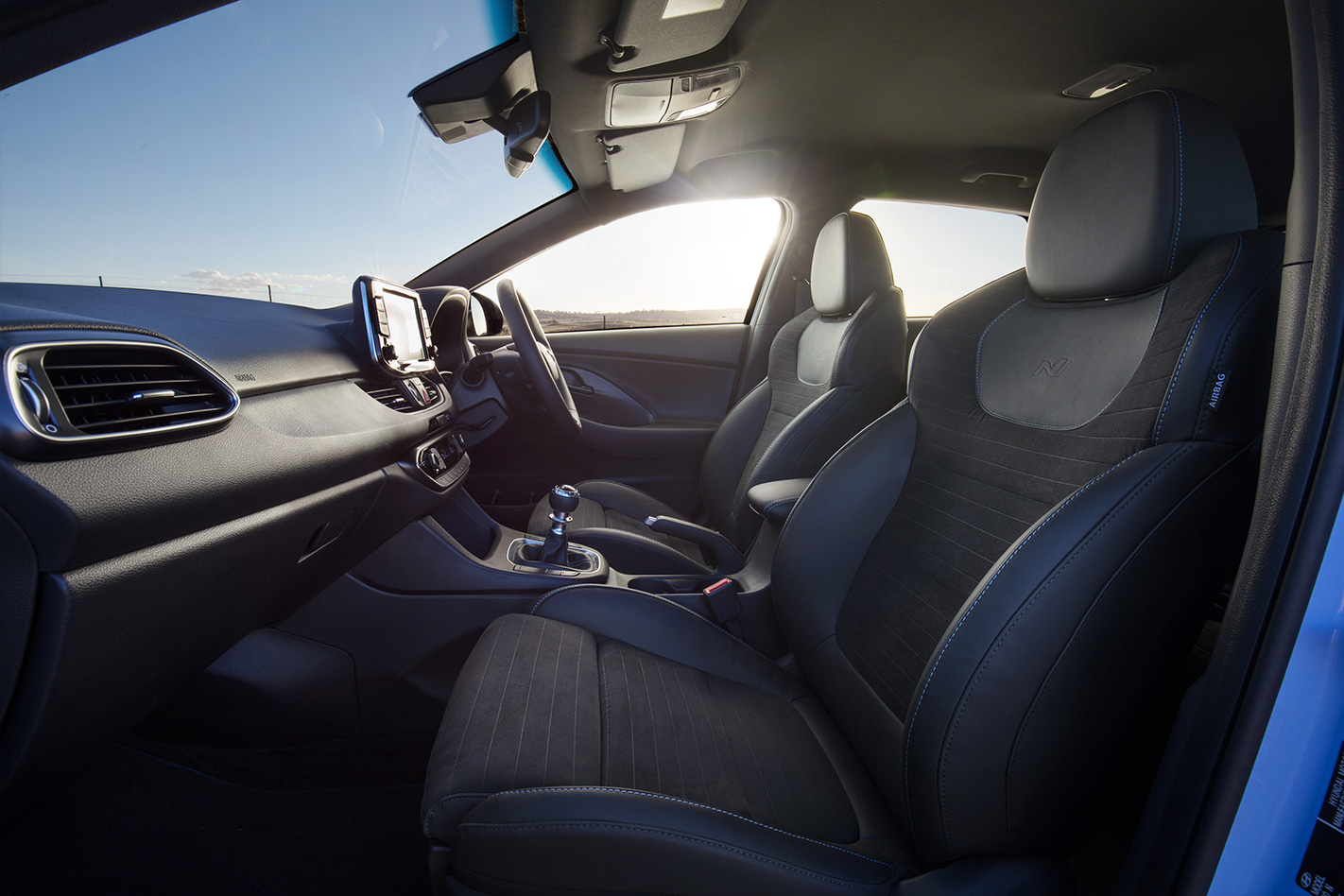
Objectively and subjectively the i30 N is a winner. Financially too, given its ultra-keen $39,990 retail sticker that makes it just $1000 more than the Ford Focus ST, while offering a level of performance that competes with a $50,990 Honda Civic Type R.
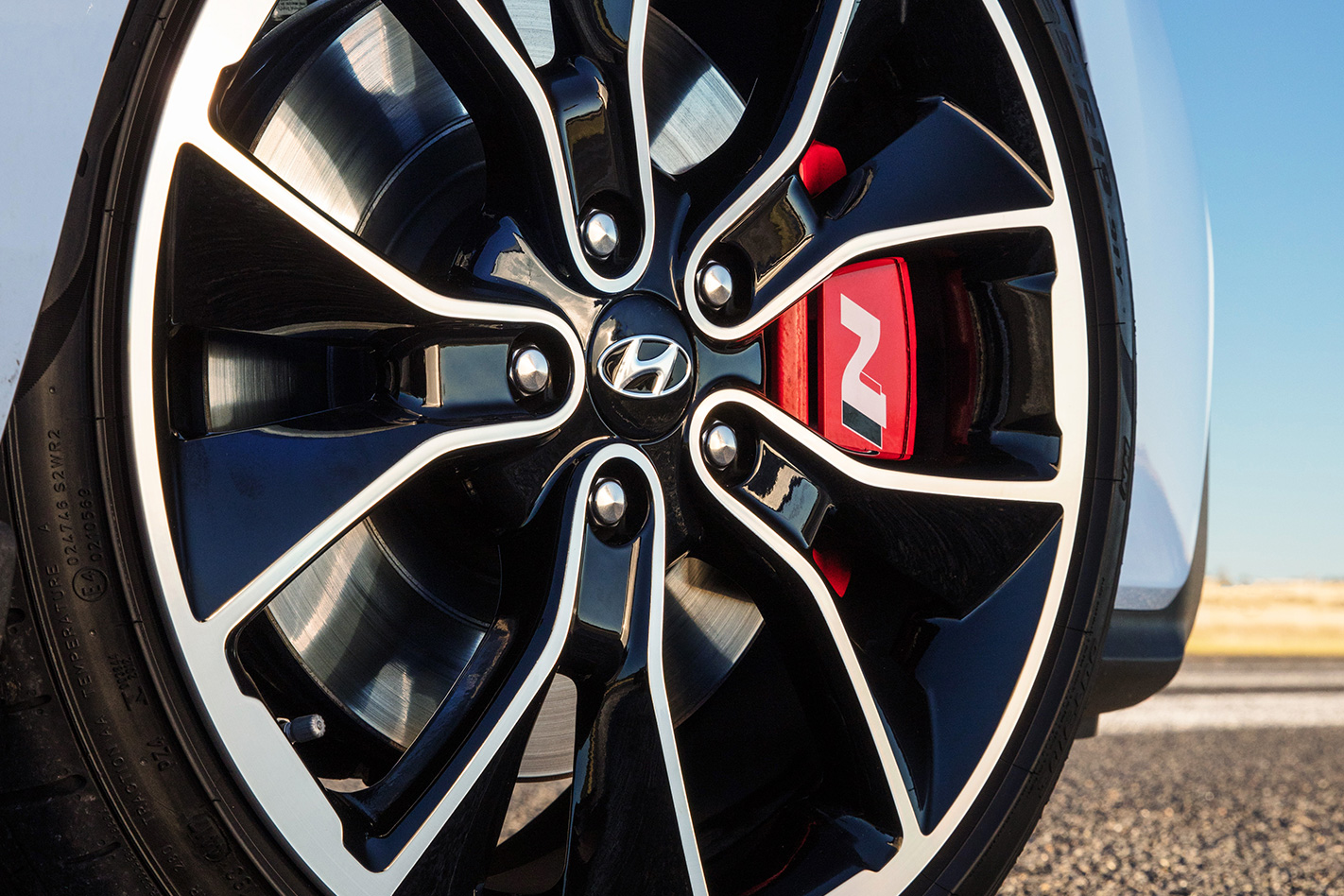
Oh, and did we mention that the i30 N carries the same five-year, unlimited-kilometre warranty as every other Hyundai – and that the company will still honour it even if you take it to the occasional track day? For a performance car, that’s an incredible declaration of confidence.
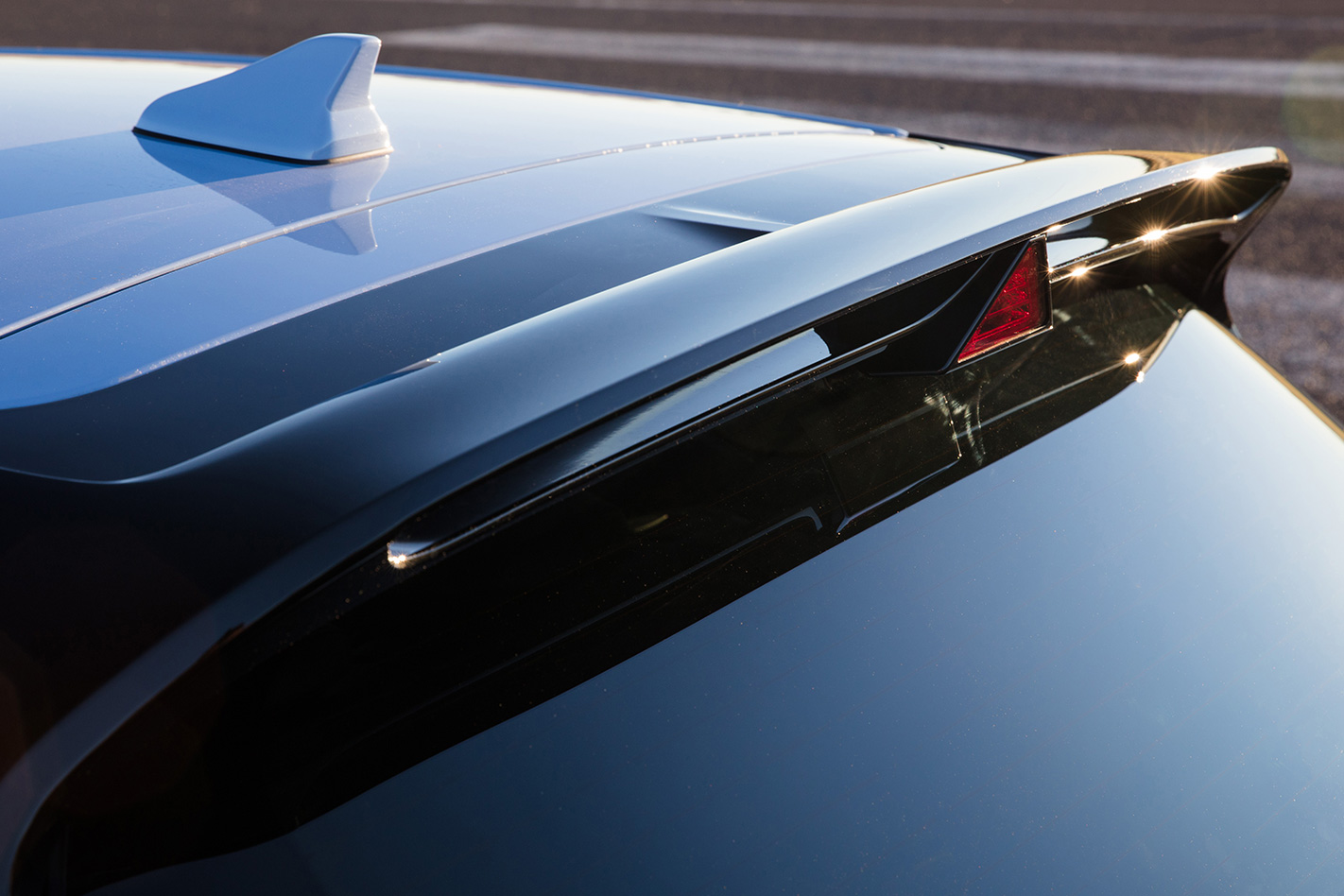
And to be fair to the i30 N, that’s really the only thing we can mark it down for. It’s not just a great first effort for a company that’s never done a hot hatch – it’s a segment leader in almost every respect.
SPECS
Model: Hyundai i30 N Engine: 1998cc 4cyl, dohc, 16v, turbo Max power: 202kW @ 6000rpm Max torque: 353Nm (378Nm overboost) @ 1450-4700rpm Transmission: 6-speed manual Weight: 1429kg 0-100km/h: 6.1sec (claimed) Economy: 8.0L/100km Price: $39,990 On sale: Now

